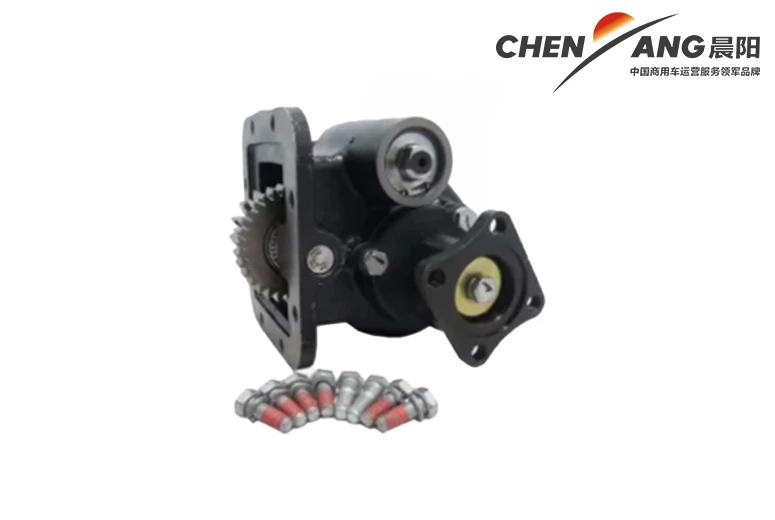transmission belt
Understanding Transmission Belts Essential Components of Mechanical Systems
Transmission belts are vital components in various mechanical systems, playing a crucial role in the transmission of power from one part of a machine to another. They are commonly found in vehicles, industrial machinery, and household appliances. This article explores the functions, types, design considerations, and applications of transmission belts, highlighting their importance in modern mechanical engineering.
What Are Transmission Belts?
A transmission belt is a looped strip of material, typically made of rubber or synthetic materials, that transmits rotational power between different shafts. It operates on the principle of friction; as one pulley turns, the belt grips it, causing the other pulley to turn as well. This seamless transfer of energy allows machines to operate efficiently and effectively.
Types of Transmission Belts
There are several types of transmission belts, each serving specific purposes
1. V-Belts These belts have a trapezoidal cross-section and are used in a wide range of applications. Their design allows them to transmit more power compared to flat belts due to the increased contact area with the pulleys. V-belts are commonly used in automotive engines and various industrial machines.
2. Flat Belts Flat belts have a rectangular cross-section and are less commonly used in modern applications but were widely used in older machinery. They are better suited for lower power transmission and are often found in conveyor systems.
3. Timing Belts Timing belts feature teeth on their inner surface, which fit into corresponding grooves on the pulleys. This design prevents slippage and ensures precise synchronization, making them ideal for applications such as camshaft drives in internal combustion engines.
4. Round Belts Round belts are circular in cross-section and are used for light-duty applications. They are often found in small machines and tools where flexibility and adaptability are required.
Design Considerations
When designing a system that employs transmission belts, several factors must be considered
transmission belt

1. Load Requirements Understanding the amount of power that needs to be transmitted is crucial in selecting the right type of belt. Different belts have varying load capacities and efficiency levels.
2. Speed and Distance The distance between pulleys and the speed at which they operate will influence the choice of the belt. Longer distances may require different belt types to minimize tension loss.
3. Environmental Conditions Belts are exposed to various environmental factors, including temperature, humidity, and chemicals. Selecting materials that can withstand these conditions is essential for durability.
4. Alignment Proper alignment of pulleys is vital to prevent excessive wear and improve efficiency. Misalignment can lead to premature failure of the belt and increased maintenance costs.
Applications of Transmission Belts
Transmission belts are used in a myriad of applications across different industries. Some notable examples include
- Automotive Industry V-belts and timing belts are critical for engine performance, driving components such as alternators, water pumps, and camshafts. - Manufacturing Conveyor systems often employ flat belts for moving materials and products efficiently from one location to another.
- Agricultural Equipment Many farming machines, such as tractors and harvesters, utilize transmission belts to power various functions, enhancing productivity.
- Home Appliances Appliances like washing machines and vacuum cleaners often use transmission belts to drive motor functions.
Conclusion
Transmission belts are fundamental components in multiple mechanical systems, enabling the smooth transmission of power. Understanding their types, design considerations, and applications is crucial for engineers and technicians in selecting the appropriate belt for specific systems. As technology evolves, advancements in materials and designs continue to enhance belt performance and durability, thereby improving the efficiency of machines across various industries. Whether in vehicles, factories, or homes, the reliability of transmission belts contributes to the heart of mechanical operations, underscoring their indispensable role in modern engineering.
-
2BFY Traction Series Grain Fertilizer Seeder - Chenyang Group | Integrated Seeding and FertilizingNewsAug.06,2025
-
2BFY Traction Series Grain Fertilizer Seeder-Chenyang Group|Integrated Seeding&Fertilizing,Durable Agricultural MachineryNewsAug.05,2025
-
2BFY Traction Series Grain Fertilizer Seeder-Chenyang Group|Integrated Seeding&Versatile Crop AdaptabilityNewsAug.05,2025
-
Grain Fertilizer Seeder-2BFY Traction Series|Precision Farming,Integrated SeedingNewsAug.05,2025
-
2BFY Traction Series Grain Fertilizer Seeder-Chenyang Group|Integrated Seeding and Fertilizing&High Efficiency FarmingNewsAug.05,2025
-
2BFY Traction Series Grain Fertilizer Seeder-Chenyang Group|Efficient Seeding,Fertilizing MachineNewsAug.05,2025
Popular products

























